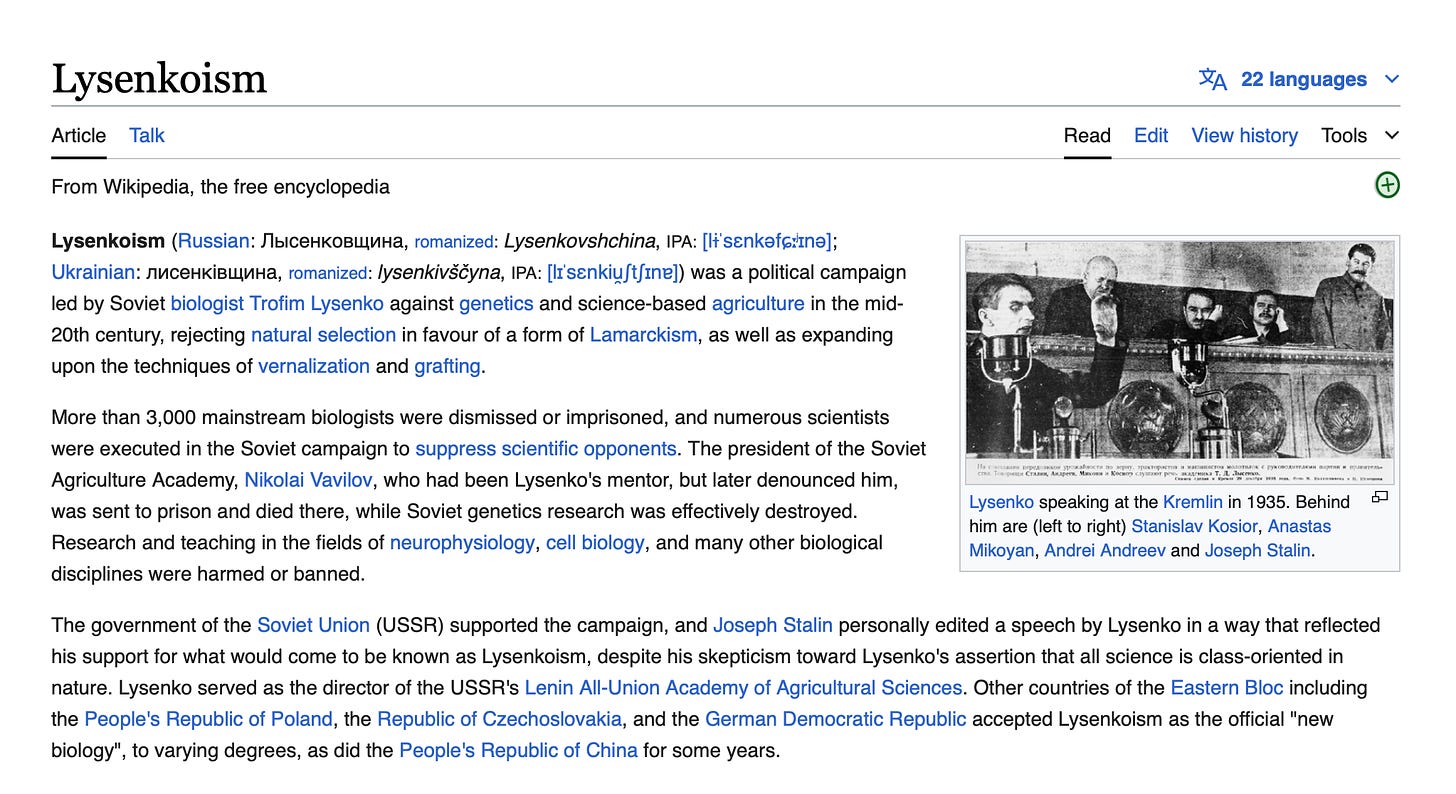The hemisphere hypothesis: There is a specialisation of the two brain hemispheres.
Lateralisation (sidedness) in organisms exists as long as nervous systems exist. Although the why is not understood, a reasonable observation to make is that it solves the following problem: An organism has to eat while having to avoid being eaten. This fits with the statement I once read, that the “environment” for an organism comes into being with the existence of other organisms. Two hemispheres can process two streams of sensory information in parallel, in different ways.
One hemisphere locks in on targets, one hemisphere scans the environment (think peripheral vision, spiders and snakes) for irregularities.
Specialisation is more pronounced in males than in females.
It is called a hypothesis because it is not the dominant view and has been out of fashion for a long time, but it not an entirely new view on things. In fact, it had found a wider acceptance at other times. To some degree one can suspect ideological reasons behind this, i.e. specialisation may be seen as unfashionable, as it suggests (by analogy) inborn specialisation, and therefore differences, between people, which is considered anti-egalitarian.
Apart from implications, there are things which are explicit in McGilchrist’s broader thesis. In The Master and His Emissary McGilchrist describes a proper division of labor between the hemispheres: The right hemisphere apprehends some thing or situation it is confronted with, hands it over to the left hemisphere for analysis, which hands it back to the right hemisphere for integration into the whole context of the lived situation. Pathologies are the result when this order is out of balance and the left hemisphere is dominant. By extension, if a society’s mode of operation is dominated by patterns of left-hemisphere dominance, we get pathological behaviour on a societal level. Focusing less on this back and forth, but applying this thesis more broadly and supposedly more boldly to all aspects of human affairs, in The Matter With Things, McGilchrist simply takes this thesis to the next level.
Hemispheres comparison
Left hemisphere
Abstraction; categories
Language
Right hemisphere
Uniqueness
Faces
Integration of experiences (time!)
Left vs. right hemisphere
Familiarity vs. the new and unfamiliar
Verbal vs. visuo-spatial (with corresponding proclivities in females vs. males)
Literal-mindedness vs. the methaphorical
The body one has vs. the body one is
The inanimate vs. the animate
Relative positioning of things vs. absolute positions (also applicable to musical tones)
Tools vs. living beings; but also: musical instruments
Mentions
(the discussed bit is found around minute 35 onwards)










#5 - Two Brains